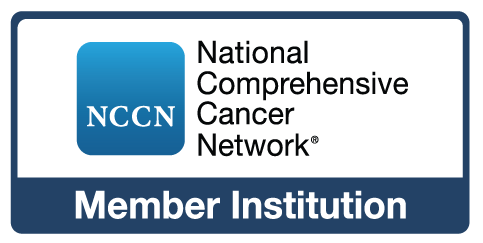W. Scott Goebel, MD,PhD

Phone: (317) 944-8784
Phone: (317) 944-0920, Patient issues/appointments
705 Riley Hospital Drive
RI 4340
Indianapolis, IN 46202
Faculty appointments
- Professor of Clinical Pediatrics, Department of Pediatrics, Division of Hematology/Oncology, IU School of Medicine
- Clinical Track member
Gene therapy of cancer can involve several approaches, including tumor suppression, inhibition of angiogenesis, and immunotherapy. Alternatively, the transfer of drug-resistance genes to hematopoietic stem cells (HSC) of cancer patients would potentially allow for higher doses of chemotherapy to be given with less myelosuppression, a major dose-limiting side effect. Preclinical animal models have successfully demonstrated the introduction of drug resistance genes into HSC using retroviral vectors, and the subsequent in vivo selection of transduced HSC using the appropriate chemotherapeutic agent. Pilot human studies have shown long-term gene marking of HSC transduced ex vivo and reinfused into myeloablated hosts, but have yet to show striking selection in vivo, or clinical benefit. In addition, few published studies to date have reported whether gene-marked HSC can effectively engraft in nonmyeloablated hosts. This aspect of transplantation is of great importance for the adaptation of chemoprotective gene therapy to human patients, the majority of which would receive not myelosuppressive but nonmyeloablative therapy prior to the reinfusion of the transduced HSC. Work in our laboratory has focused on engraftment of transduced marrow cells in submyeloablated murine hosts. We previously demonstrated that engraftment of murine whole bone marrow (WBM) transduced with an oncoretroviral vector using an optimized 5-fluorouracil (5-FU)-based transduction protocol is reduced ~3fold compared to fresh WBM upon transplantation into sublethally irradiated hosts, although competitive repopulation ability in ablated hosts is not decreased (Goebel et. al., Exp. Hematol. 30: 134, 2002). More recent work has shown that the repopulating ability of lineage-depleted marrow transduced using a clinically-applicable transduction protocol, however, was reduced ~10-fold compared to fresh lineage-depleted cells as determined in competitive repopulation assays in ablated hosts. Current efforts are focused on determining the mechanism(s) governing this engraftment defect, with the ultimate goals of: 1) using these models of HSC transduction as a tool to uncover mechanisms controlling HSC self-renewal and engraftment to improve engraftment for human HSC transplantation, and 2) improving engraftment of transduced HSC for chemoprotective human cancer gene therapy.
Fellowship - Indiana University School of Medicine, Indianapolis, IN 1998-2001
Residency - St. Louis Children's Hospital, Washington University School of Medicine, St. Louis, MO 1995-1998
M.D. - Indiana University School of Medicine, Indianapolis, IN 1995
Ph.D. - Indiana University School of Medicine, Indianapolis, IN 1995





